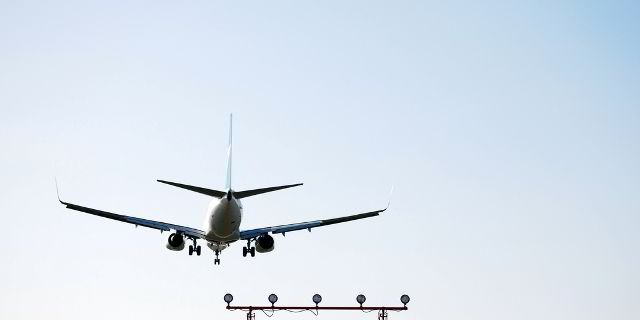The companies estimate that their joint projects will produce within five years 200 million gallons of renewable jet fuel, 65 million gallons of ‘co-products’ and 2.3 million tons of camelina meal to be used as animal feed annually.
Camelina is viewed as a promising biofuel feedstock because it can grow on marginal land and thrives without large quantities of nitrogen or fertilizer.
